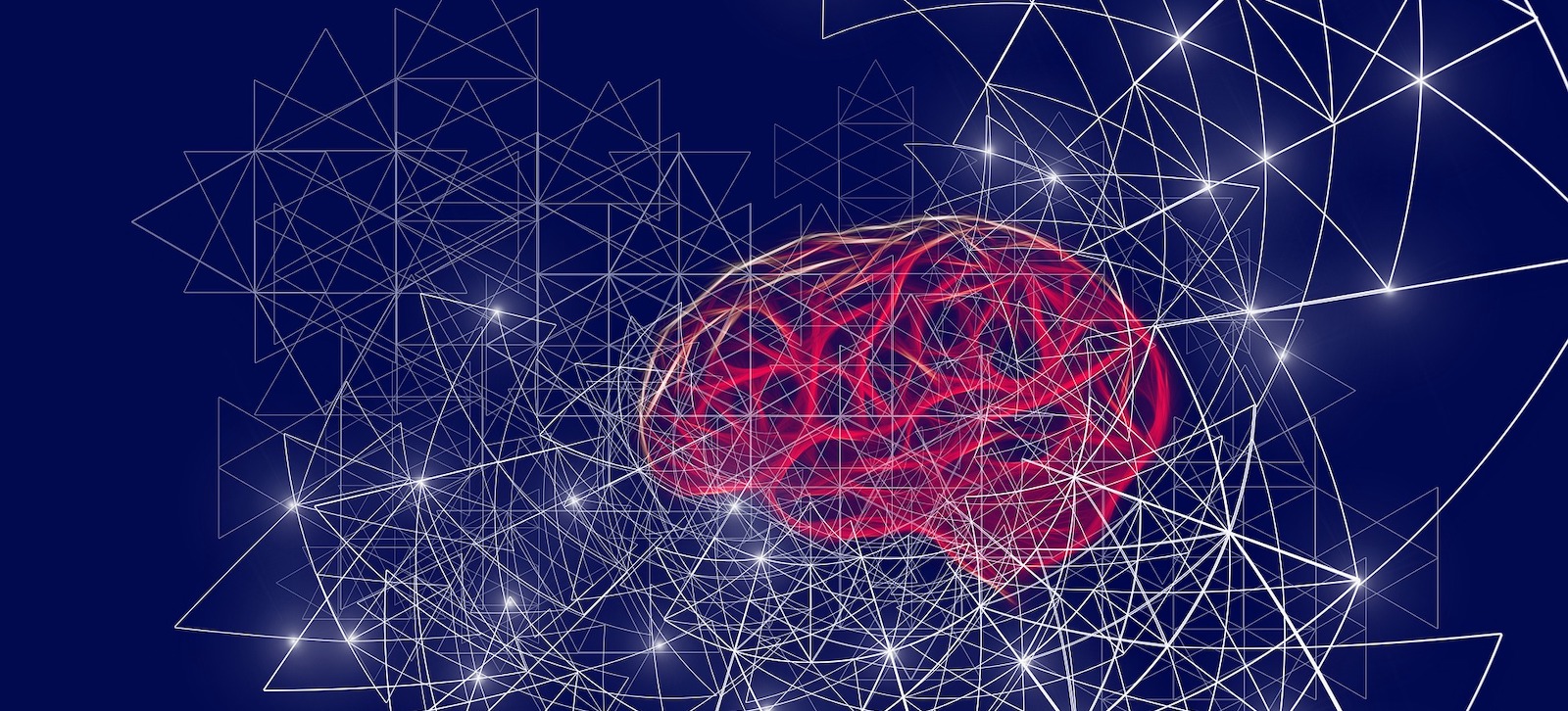In addition to guest posting on the UpCity blog, Spiria is featured as one of the Top Software Development Companies in Canada. Check out their profile!
Everyone has heard of artificial intelligence (AI), if only through science fiction, and if you’ve been following technology news in recent years, you’ve probably come across mentions of machine learning regularly. In fact, for many people, AI has become synonymous with machine learning and these two terms seem to be interchangeable, but this is not the case. To help you better understand both what unites and what differentiates AI and machine learning, we will try to define them most synthetically and clearly possible.
What is Artificial Intelligence?
Artificial intelligence refers to the general idea that computers can perform tasks in an “intelligent” way, i.e. to have functions approaching human intelligence. The term “artificial intelligence” is not new. It was coined by the American academic John McCarthy in 1956, one of the fathers of the discipline, who defined it, at the time, as “the science and engineering of making intelligent machines”. In the collective imagination, artificial intelligence would lead to the creation of machines like C-3PO, HAL 9000, or Wall-E; in practice, just think about things like Apple’s Siri, Amazon’s Alexa, or Microsoft’s Cortana.
In actuality, AI researchers seek to create computer systems that can think and behave like humans, but with the added advantage of machine speed and processing power. The overall goal is to perform certain tasks more efficiently than humans and to be able to solve a wide variety of complex problems. Researchers are using a wide range of processes and technologies to build complex systems that can perform rationally and solve challenging problems. Among these technologies is machine learning.
What is Machine Learning?
Machine learning should therefore be considered as a subfield of artificial intelligence. It is not about creating an autonomous intelligence, but simply about helping an AI system to learn faster so that it can better perform a particular task.
It is a kind of AI tool and many current applications of AI rely on machine learning. Machine learning is the process of teaching computers how to learn. It is not the same as programming computers. When you program a computer, you tell it exactly what to do. With machine learning, you program the computer to look for patterns in the data and correct mistakes it might make along the way. This is a very different programming approach. Machine learning uses algorithms to organize and analyze data. This data can be anything from the stock market to medical records.
The Limits of Machine Learning
The Achilles heel of machine learning is the amount of big data it is given to ingest to learn. This data must be structured, consolidated, and qualified. A bad dataset can introduce a cognitive bias in the model and consequently unexpected or regrettable results. For example, a chatbot developed by Microsoft started to behave in a deplorable way with inappropriate tweets in a short period. Its dataset was based on messages published on Twitter and these had not been filtered. As a result, the natural language processing system had ingested a lot of violent, hateful, or racist messages. Relevance and objectivity are essentially based on the neutrality of the training data that is fed to the system for learning. If we introduce biased data, even unintentionally, into a system, we get biased output.
And if you think that machines learn by themselves, think again. They (still) need humans to achieve the goals set for them. It takes specialists to formulate the problem to be solved, prepare the machine learning models, determine the appropriate training data sets, try to eliminate potential biases induced by these data, etc. This can be a huge amount of work in some application areas.
What About Deep Learning?
Deep learning is a way of doing machine learning with several layers on top of each other; think of it as a specific subset of machine learning. Deep learning is generally referred to when complex algorithms and very large volumes of data are used. This concept comes in many flavors: artificial neural networks, deep neural networks, deep belief networks, deep reinforcement learning, recurrent neural networks, capsule neural networks, convolutional neural networks, etc.

The Successes of Machine Learning
As long as it is given a specific, limited task and the right data, machine learning shines in many areas. It can already improve customer interactions, analyze data more quickly, assist in decision making, generate early warnings of upcoming disruptions, predict the evolution of complex systems, speech recognition, translations of foreign language texts, computer vision, recognize faces, compose music and even draw from a textual description. The application areas are countless – and you likely have at least one electronic gadget in your home that uses this AI tool.
That’s why more and more companies are exploring the use of this technology to take their digital transformation to the next level and achieve significant competitive gains. For some, AI is the logical extension of the industrial revolution of automation/robotization, and today, machine learning techniques are the most accessible and easy to implement for immediate, tangible results. These techniques have been widely tested in various real-world contexts with great success.
Hear From Industry Experts
Read the latest tips, research, best practices, and insights from our community of expert B2B service providers.
Things to Remember About Machine Learning and AI
Machine learning is a subset of AI that deals with the creation of computer programs that can learn from data, improve their performance, and correct their own mistakes as they go along. It’s a concrete tool in the service of AI, whereas AI is a much broader theoretical concept that has yet to be fully implemented in the real world. But the most exciting thing about it is that these technologies can and will be used to solve some of humanity’s biggest problems!

